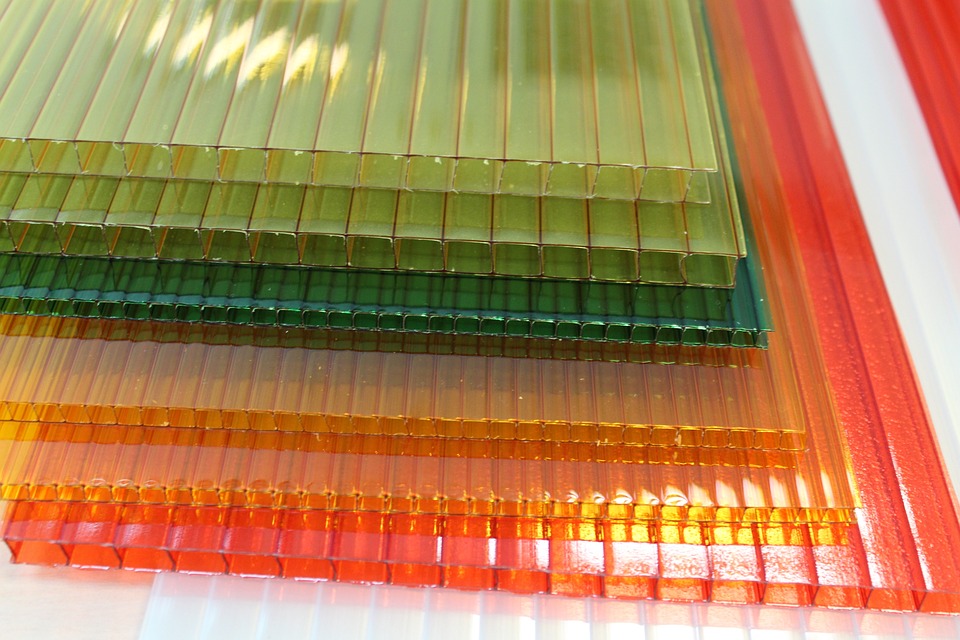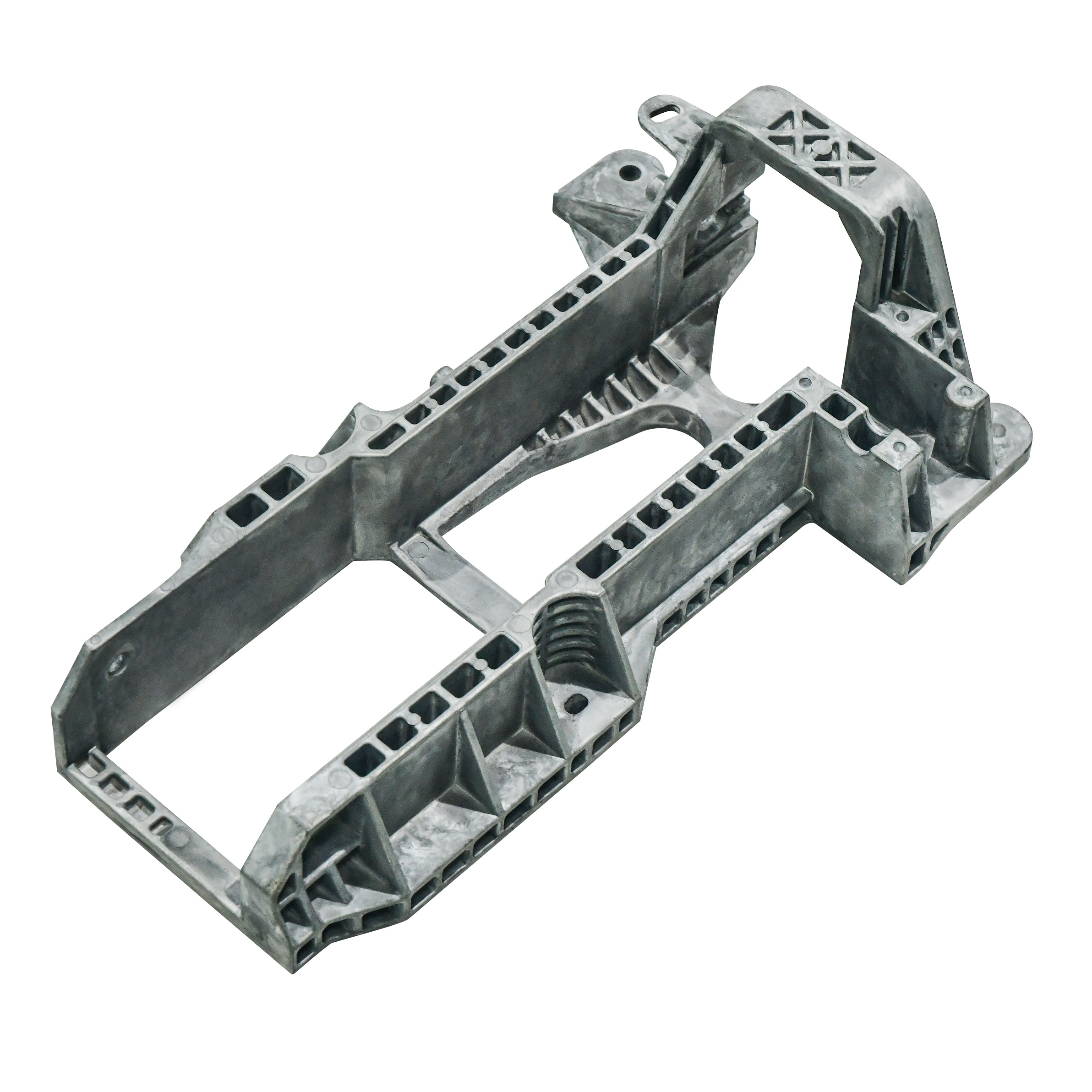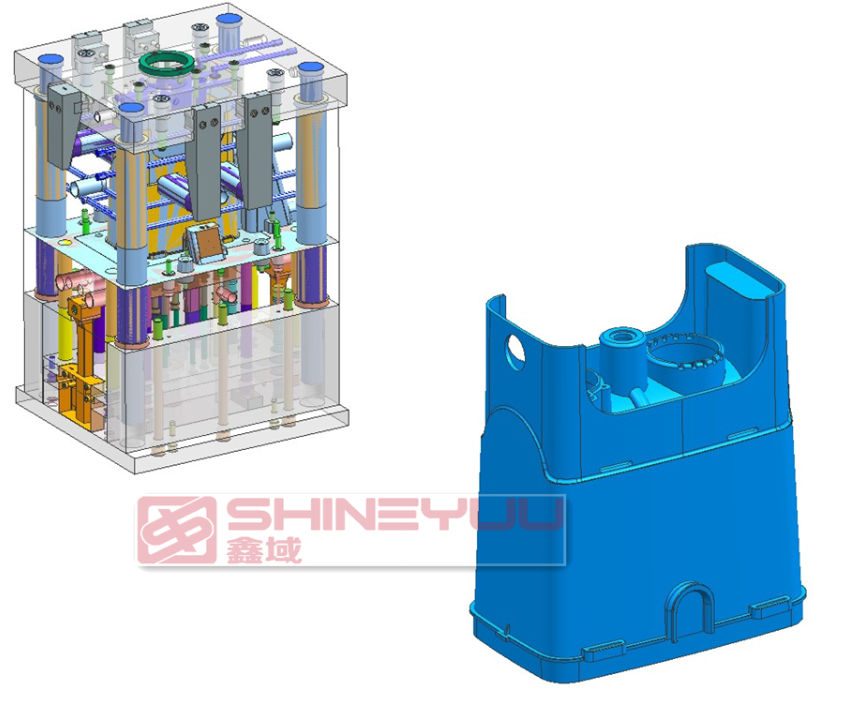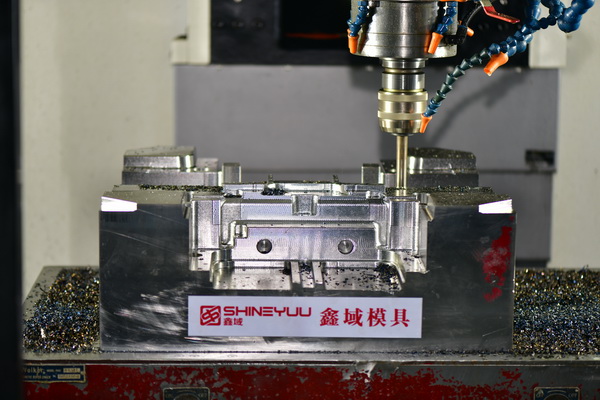During product development, one of the most important factors in plastic injection molding is deciding the right material to use, since it directly affects the part’s performance and molding operation. There are a variety of factors involved when it comes to choosing the right kind of injection molding materials, such as considering their colour, hardness, flexibility, weight and cost, amongst other factors, amounting to thousands of different plastic materials available on the market.
So which injection moldable plastics to choose? Which are the best moulding materials in your injection mold supply? To help better understand the process, let’s take a look at some of the best injection mold plastics below and what products they are most known for:

Polycarbonate
One of the strongest, most shatter-resistant injection molded plastic materials is that of polycarbonate, otherwise known as PC. PC is a transparent thermoplastic, meaning this plastic moulding material is typically see-through. This makes it an ideal choice in eyeglass lenses, digital disks, greenhouses and even some types of shatter-proof or bulletproof glass, making it one of the strongest plastic. However it’s not very scratch resistant, and as such would need to be coated with a harder material during the injection molding process. It also suffers against repeated vibration or stress, so for automotive or aerospace components this injection mold material would not be an ideal choice. Learn more about Polycarbonate here.

Polypropylene (PP)
Polypropylene, otherwise known as PP, is one of the most widely produced plastic moldable materials in the word. Second in fact, only behind that of polyethylene (PE). While PP is similar to PE it is considered slightly harder and more heat-resistant. This injection moulding material is also one of the most versatile too, being resistant to very high temperatures, with incredible elasticity, toughness, and a high chemical and moisture resistance. Since it does not let chemicals mix with food products, this is one of the go-to plastics used in the food storage and packaging industries, created as food containers. It’s also commonly found amongst the following: household goods like utensils, automotive parts such as car batteries, buckets, bottle caps, toys and many more. Its downsides are that it is vulnerable to UV radiation and is flammable. Learn more about Polypropylene here.

Polyethylene (PE)
In terms of injection molding plastic materials, polyethylene (PE) is the most popular in the world, accounting for 34% of the total plastics market. There are two types of PE, low-density polyethylene (LDPE) and high-density polyethylene (HDPE). LDPE is made with high pressure and high temperature whereas HDPE is made with low pressure and low temperature. This material is soft, lightweight and flexible and is one of the more affordable options. LDPE is one of the most flexible types on the market and is widely used in packaging. It also possesses high moisture resistance and because of this, a common product example that is produced with this material are plastic grocery bags or disposable plastic water bottles. Where recycling is a core concern, this mold material is one of the best choices to be made. Learn more about Polyethylene here.

Nylon (Polyamide)
Nylon otherwise known as polyamide or PA for short, is used across a wide range of industries, including consumer, industrial, automotive and medical. Known as being strong, stable under high temperatures and chemicals, good wear resistance and electrical properties. It’s one of the more stiff, heavier injection molding polymers and in terms of cost it is more expensive than polymers like that of polyethylene or ABS. Some products that it is widely used for include: gears, buckles, bearings and bushings. Learn more about Nylon here.

Acrylic
Acrylic is one of those injection moulding plastics that are used regularly to product products such as transparent walls, lighting equipment and windows. Since it is highly scratch resistant and has a high tensile strength it is often used as a good alternative to glass. It also has a number of unique qualities, like the fact that acrylic is both odorless and tasteless and doesn’t harmful synthetic compounds not suitable for food storage and preparation, making it a contender for best plastic in this field. This is why you would often find this material in refrigerators and containers for food storage, as well as many beverage applications. On top of this, acrylic is also one of the best plastics for injection molding that are highly resistant to breakage. Learn more about Acrylic here.

Polyoxymethylene (POM)
Pokyoxymethylene (POM), also known as acetal or its common brand name of Celcon, is an outstanding thermoplastic that offers great wear, toughness, creep resistance, easy colorization, low moisture absorption amongst many others. This plastic molding material is made from a type of resin used for producing mechanical and automotive parts that are usually made with metal. It is ideal for food and beverage, automotive, household applications and commonly used in the manufacturing of toy parts, along with various gears and bearings. Its weakness however is that it should not be used in high heat environments, and this is one of the injection molded plastics prone to UV degradation. Learn more about Polyoxymethylene here.

Polystyrene (PS)
Polystyrene or PS is often most recognized as the chief component of Styrofoam, however in its solid form it is a rigid plastic. There are two types of polystyrene that are most commonly used: high impact polystyrene (HIPS) and general purpose polystyrene (GPPS). GPPS is transparent, while HIPS is opague. High impact polystyrene is used in many print applications, like display materials, posters, tags, retail packaging and print applications. It is also used in appliance componenets like TV and AV equipment parts, toys, gas tanks, drinking cups and toolboxes. While these are rather inexpensive, its downsides are that it is not considered environmentally friendly, and it can be notably brittle, making it a poor choice when durability is a concern. Learn more about Polystyrene here.

Acrylonitrile Butadiene Styrene (ABS)
One of the core plastic injection molding materials used across consumer and automotive industries is acrylonitrile butadiene styrene, commonly known as ABS. This plastic for molding is incredibly cost-effective and possesses a strong rigidity and resistance to breaking or shattering, even against heavy impacts – which is why it is often used when producing the likes of motorcycle helmets, computers, housing, containers and phones. It is also very lightweight and flexible, making it easily molded into many of the items we use everyday from household items to even the famous Lego brick, making it a great choice for plastics used in injection moulding. However, when it comes to injection mold materials, ABS is not suitable for food use, lacks superior chemical resistance, is flammable and shows poor resistance to sunlight. Learn about ABS here.

Thermoplastic Rubber (TPR)
Another injection mold plastic material is thermoplastic rubber (TPR), also known as thermoplastic elastomer, is usually a mixture of both rubber and plastic combined, and is reasonably easy to use during the injection molding process. Since it is a combination of both, this injection molding material exhibits properties of rubber and plastic. Its boasts excellent weather and chemical resistance along with high impact strength, with an added plus of this material being recyclable. This is one of the injection moulding plastic materials which can be found in products such as headphone cables and medical catheters. Learn about TPR here.

Thermoplastic Polyurethane (TPU)
The final common plastic injection molding material is thermoplastic polyurethane, known as TPU. It is generally considered resilient, versatile and strong, with a soft and elastic nature, incredible tensile and tear strength, making it the right choice for those who are looking for parts which require a rubber-like elasticity. TPU performs well in high termperatures, is a popular choice in difficult working environments and used across many products, like: cables, insulations, sporting goods, power tools, along with this molding plastic used in both marine and construction industries. Learn about TPU here.
What Material Is Right For Me?
We hope you have found this brief overview on plastic for injection molding to be helpful, and that you have gained a little more insight as to which injection molding plastic types are useful and best suited to your needs. While this is only a small section of possible injection moulding materials, please note that we can work with you on a much wider variety of materials specifically tailored to suit your unique projects.
Take a look at our other blog post on custom injection molding, or if you are ready to collaborate with us, contact us today and request a free quote!





